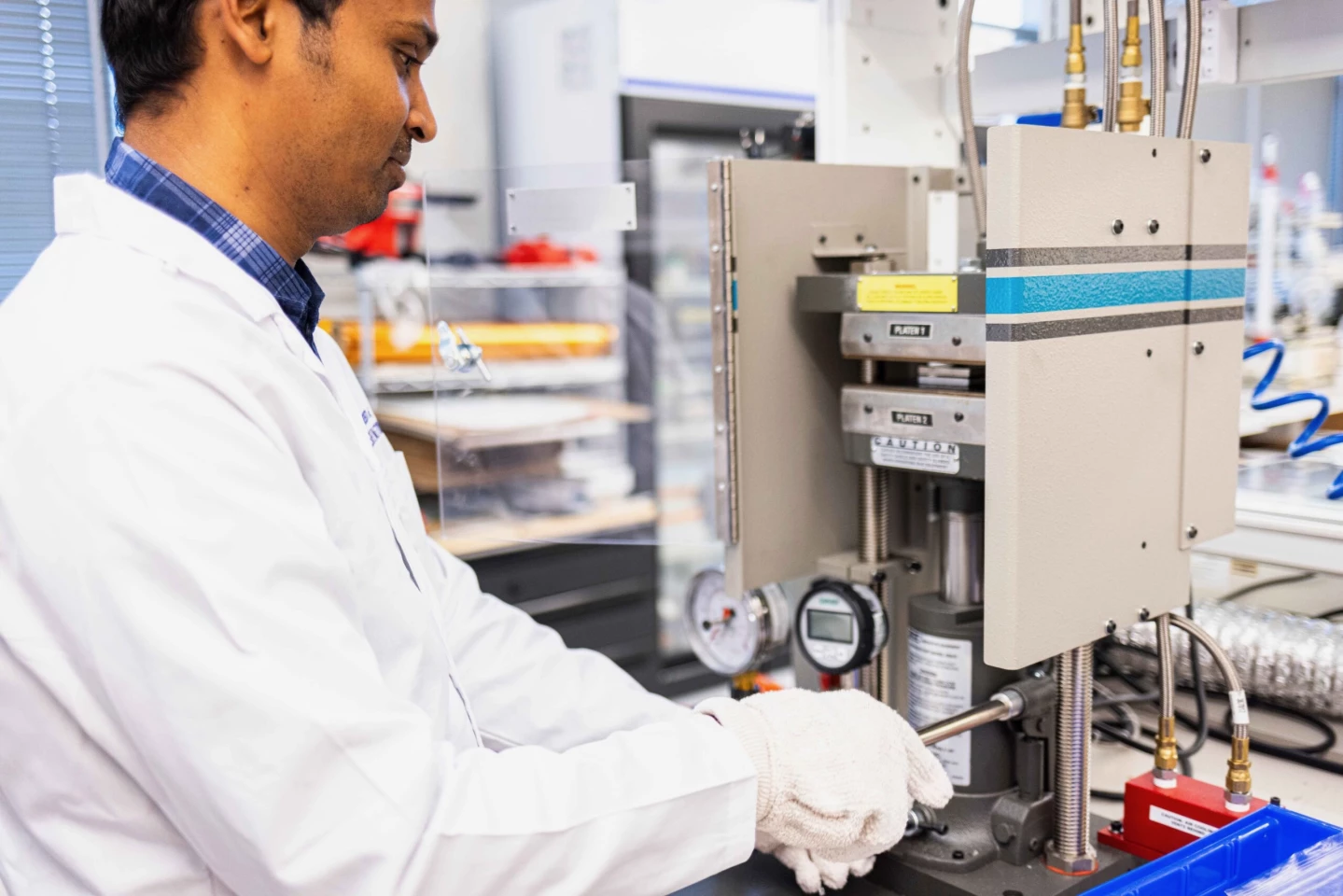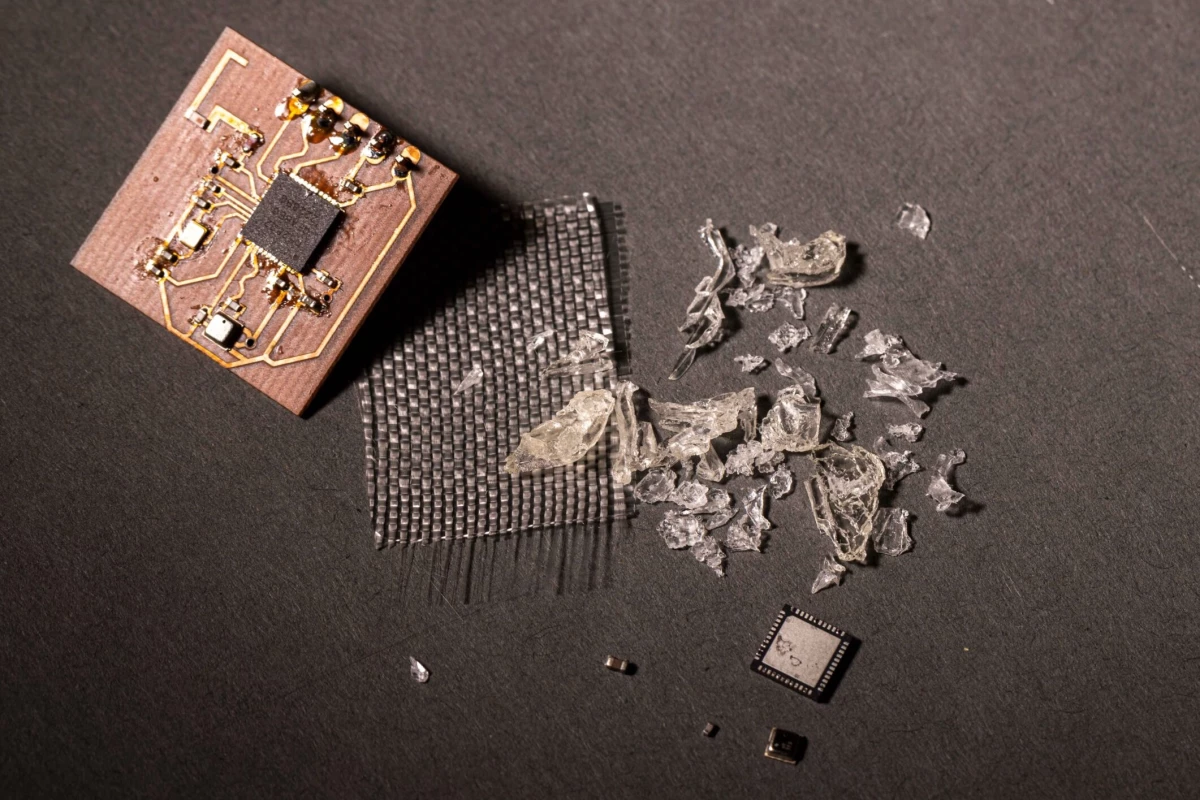A new type of printed circuit board (PCB) could drastically reduce the amount of electronic waste that ends up in landfills. Although most PCBs are difficult to recycle, such is not the case with this one, which partially turns into a reusable jelly when necessary.
Among other components, PCBs typically incorporate a layer of non-conductive fiberglass which serves as a substrate for electronic parts such as chips, resistors and transformers. The fiberglass is in turn made up of two ingredients – woven glass fibers and epoxy resin – which are very difficult to separate from one another.
Because this substrate material can't be easily broken down, retrieving the electronics for reuse is labor-intensive and time-consuming. Sometimes the fiberglass is burned away in order to harvest the electronics, but this process is environmentally-unfriendly plus it may damage the very components that it's freeing up.
That's where the experimental new PCB comes in.
Created by scientists from the University of Washington, it replaces the resin in the fiberglass with a polymer known as a vitrimer. As long as the PCB is in use, that vitrimer remains strong, rigid and non-conductive, allowing the substrate to function just like one made of traditional fiberglass.

Once such a "vPCB" (vitrimer printed circuit board) has reached the end of its use, it will be sent to a recycling facility and immersed in an organic solvent which has a relatively low boiling point. When that solvent boils, it causes the vitrimer to swell and become gelatinous.
All of the glass fibers and electronics – which remain completely undamaged – can then be easily plucked out for reuse. Additionally, lab experiments have shown that 98% of the vitrimer itself can be reused, along with 91% of the solvent.
And importantly, vPCBs can be manufactured at existing facilities, plus they can be recycled over and over again. In fact, the scientists estimate that the use of recycled vPCBs could entail a 48% reduction in global warming potential and an 81% reduction in carcinogenic emissions as compared to traditional PCBs.
"PCBs make up a pretty large fraction of the mass and volume of electronic waste," says Asst. Prof. Vikram Iyer, co-senior author of a paper on the research. "They’re constructed to be fireproof and chemical-proof, which is great in terms of making them very robust. But that also makes them basically impossible to recycle. Here, we created a new material formulation that has the electrical properties comparable to conventional PCBs as well as a process to recycle them repeatedly."
The paper was recently published in the journal Nature Sustainability. And as an interesting side note, some of the same scientists previously used vitrimers in a more easily repairable and recyclable type of carbon fiber.
Source: University of Washington





